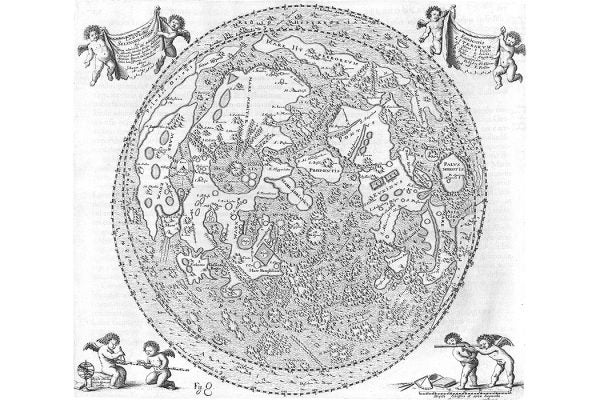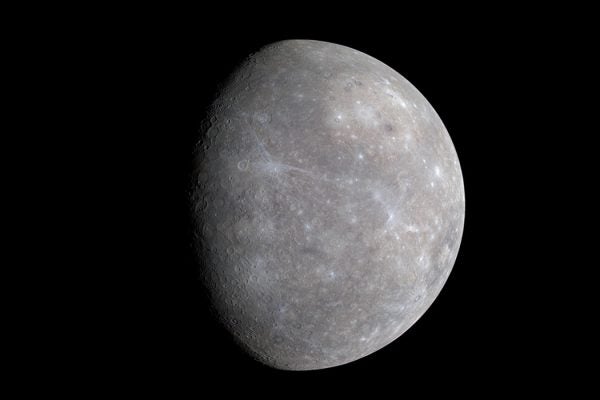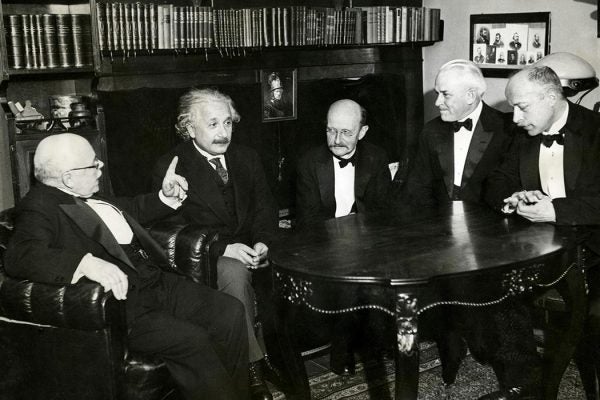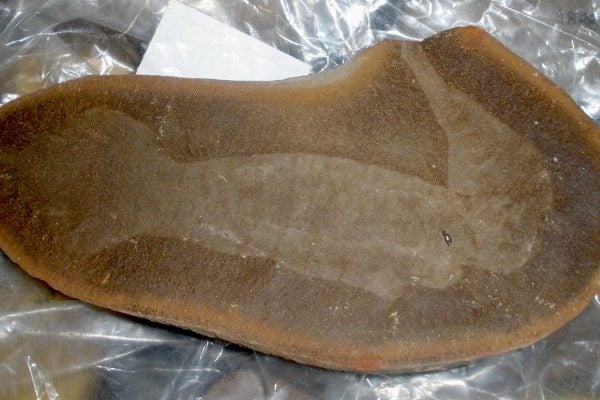Where Did the Moon Come From?
Despite years of study, it is only since the 1980s that a theory of the moon's origin has coalesced.
Where in the Solar System is Vulcan?
A hypothetical Planet Vulcan was the best explanation for strange astrological phenomena—until Einstein, that is.
The Internet’s Baby Pictures, 25 Years After the Birth of the Web
Tim Berners-Lee set up HTML (hypertext markup language) and HTTP (hypertext transfer protocol) twenty-five years ago today.
Our Oceans Are Suffocating
The oceans can’t catch a break. To rising temperatures and acidification caused by rising CO2 emissions, add oxygen deprivation .
Sending Tiny Robots to the Nearest Star
A group of astrophysicists think they have found a way to send a probe to the newest star system, Alpha Centauri.
An Asteroid Killed the Dinosaurs. Right?
What killed the dinosaurs? An asteroid wiped them out, right? New research suggests that even before that cataclysm, dinosaurs weren't doing so well.
Who was Max Planck?
Max Planck was a German physicist who won the Nobel Prize in Physics in 1918.
Leonardo Da Vinci, Artist/Scientist
Leonardo was the first scientific illustrator.
The Tully Monster, Monstrous No More
The identity of the Tully monster, a 50-year-old paleontological mystery, has been solved.
What Happens To The Body in Orbit?
Scott Kelly has returned from a year in orbit. How has he fared? Turns out space flight really does do a number on the body.









